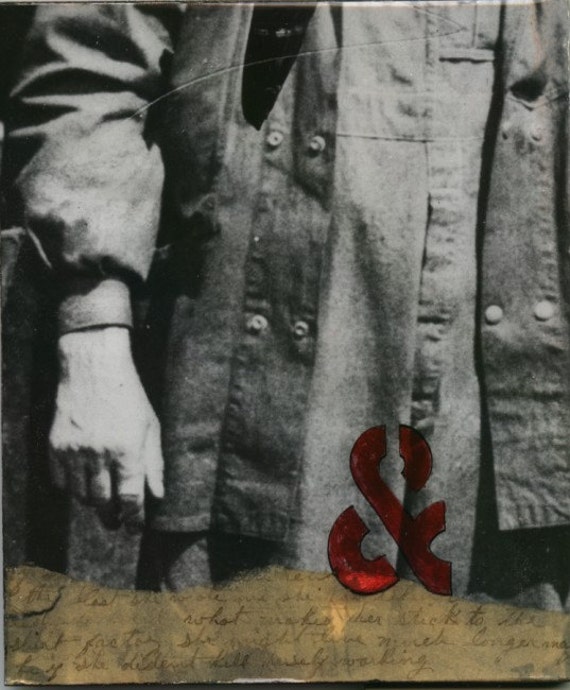
During the 1930s, the industry employed as much as 75 percent of the male workforce in some Appalachian counties. Appalachia depends on coal, and coal depends on Appalachia.Īppalachia was the historic heart of coal production and has been the iconic setting for Hollywood’s coal movies. Any way you slice it, domestic coal producers have a tough road ahead, whether Obama is president or not.ģ. coal miners are competing against cheap Australian coal, which is closer to Asia-Pacific customers. The shale revolution has unleashed a huge supply of gas that competes with coal on price and ease of use, so utilities are switching to natural gas at a much greater rate than was anticipated just a few years ago. Bush administration.Ĭheap natural gas has been much more damaging for coal’s market share than environmental rules. While the Environmental Protection Agency’s smokestack emissions standards certainly aren’t helpful for coal, the rules have been around in some form for decades, and the first federal regulation to permanently cap and reduce coal plants’ mercury emissions was issued in 2005, during the George W. Moods are dour, and a typical refrain in coal country is that the demise of its fortunes is the result of Obama’s policies. The domestic coal-mining industry is suffering: The number of mine workers dropped by more than 10 percent in 2013, and the combined market capitalization of the four largest coal extraction companies has collapsed to $1 billion, down from $22 billion just five years ago. Obama’s “war on coal” is killing the mining industry. It can be implemented with technically viable (though expensive) solutions.Ģ. And used the right way - with scrubbers and other environmental controls, along with technology that captures carbon emissions and sequesters them underground - coal can be combusted in a very clean way. Today, biomass is promoted as an eco-friendly, renewable energy source, but it’s the old fossil fuel that emits fewer greenhouse gases when burned. It was also cleaner: Burning coal produces less carbon dioxide than burning wood, per kilowatt-hour of electricity generated. The black rock was cheaper, hotter and more plentiful. Forests in the upper Midwest and the Northeast were being cut down rapidly as demand for firewood to heat homes and fuel factories outstripped the rate at which the trees grew back.Ĭoal mines brought that rampant deforestation to a halt.

Starting about 150 years ago, coal performed a very important environmental service.

There’s truth to these images, but they don’t tell coal’s whole story.

Films depict miners coated in black dust or trapped deep underground. News coverage of the industry typically spotlights its contributions to climate change. Popular depictions of coal focus on its polluting qualities: blighted landscapes, black lungs and smokestacks belching out toxic clouds that cause acid rain. As Americans ponder coal’s fate, let’s debunk some myths about this multifaceted hydrocarbon. If the worst-case scenarios for climate change come to fruition, they say, we’ll see flooded cities, violence and hundreds of millions of displaced refugees. Detractors say coal is the greatest risk to our environment and civil order that we have ever seen. ¶ Coal’s supporters tout the original fossil fuel as the underpinning of modern society and the great enabler of our economic prosperity.
#CLOSED HANDS MEANS CHEAP MYTH MOVIE#
If coal were a movie hero, it would be Rocky: a tough, American, working-class underdog who peaked decades ago and is ready to put up a fight. Between President Obama’s new Clean Power Plan, the pope’s moral pronouncements on climate change and the abundance of cheap natural gas, there’s not a lot of love for the combustible black rock that still provides 29 percent of the world’s energy.


 0 kommentar(er)
0 kommentar(er)
